Punica Granatum o Granado
Size and packaging guidelines

Fermentum scelerisque hendrerit parturient nullam enim lobortis litora parturient dictumst.
Potenti a quisque tincidunt venenatis adipiscing parturient fermentum nisl tincidunt amentu.
Scelerisque conubia lobortis a condimentum ad eleifend dui integer maecenas habitant nostra.
| Specification | Chair | Armchair | Sofas |
| Height | 37" | 42" | 42" |
| Width | 26.5" | 32.5" | 142" |
| Depth | 19.5" | 22.5" | 24.5" |
| Assembly Required | No | No | Yes |
| Packaging Type | Box | Box | Box |
| Package Weight | 55 lbs. | 64 lbs. | 180 lbs. |
| Packaging Dimensions | 27" x 26" x 39" | 45" x 35" x 24" | 46" x 142" x 25" |
- Botanical Name: Punica granatum
- Common Names: Pomegranate, Granado
- Mature Height: 10-20 feet (3-6 meters) can be pruned to a smaller size
- Mature Spread: 10-15 feet (3-4.5 meters)
- Growth Rate: Moderate
- Light Requirements: Full sun
- Soil Requirements: Well-draining soil; tolerates poor soils; prefers slightly acidic to neutral pH
- Water Needs: Moderate; drought-tolerant once established
- Foliage: Deciduous, glossy, dark green leaves that turn yellow in fall
- Flowers: Bright, trumpet-shaped flowers in shades of orange to red, blooming from late spring to summer
- Fruit: Round, leathery-skinned fruit filled with juicy, ruby-red seeds, typically ripening in late summer to fall
Uses:
- Ornamental: The Pomegranate’s vibrant flowers and fruit make it an attractive addition to garden beds, landscapes, and as a specimen plant.
- Fruit Production: Pomegranates produce edible fruit that can be eaten fresh, juiced, or used in cooking and baking.
- Culinary: Pomegranate seeds are used in salads, sauces, and as a garnish, while the juice is a popular beverage.
Benefits:
- Nutritional Value: Pomegranate seeds are rich in vitamins, antioxidants, and fiber, offering numerous health benefits.
- Aesthetic Appeal: The plant’s bright flowers and ornamental fruit enhance the beauty of gardens and landscapes.
- Drought Tolerance: Once established, Pomegranates are drought-tolerant, making them suitable for low-water gardens.
- Fruit Production: Provides a bountiful harvest of nutritious fruit, adding variety and flavor to meals.
Punica granatum, or Pomegranate, is a versatile and attractive plant that offers both ornamental beauty and valuable fruit. Its vibrant flowers, drought tolerance, and nutritional benefits make it a great addition to any garden or landscape.
Debes acceder para publicar una valoración.
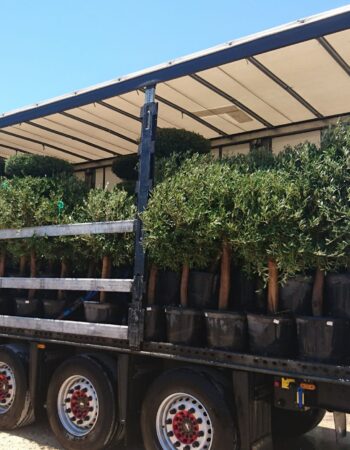
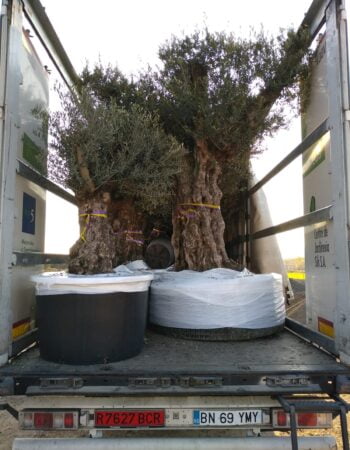
CAREFUL TREE TRANSPORTATION
At Treezom, we take great care in transporting your trees to ensure they arrive in perfect condition. Our expert team uses various methods, depending on the size and volume of the order, to provide safe and efficient delivery. Whether you're ordering a single tree or a bulk order, we guarantee high standards of handling and care throughout the process.
MULTIPLE SHIPPING METHODS
- Truck Delivery: Ideal for local or regional deliveries, ensuring a smooth and timely shipment of your trees directly to your location.
- Sea Containers (20’ or 40’): Perfect for larger orders or international shipping. Our sea containers are equipped to handle bulk shipments with optimal protection.
- Other Customized Solutions: Depending on the size and nature of your order, we can offer tailored shipping methods to meet your specific needs.
No matter the shipping method, we use specialized packaging and handling procedures to protect the trees during transit, ensuring they arrive healthy and ready for planting.
Below, you’ll find key tips tailored to this species’ requirements. Whether you’re new to plant care or have plenty of experience, these guidelines are here to support you in keeping your green companion healthy and vibrant.
- Planting:
- Choose a location with full sun and well-draining soil. Pomegranates thrive in hot, sunny climates.
- For container planting, use a pot with drainage holes and a well-draining potting mix.
- Watering:
- Water regularly during the growing season to keep the soil moist, but allow it to dry out slightly between waterings.
- Once established, Pomegranates are drought-tolerant and require less frequent watering.
- Pruning:
- Prune in late winter or early spring before new growth begins to maintain shape and remove any dead or damaged branches.
- Regular pruning helps improve air circulation and encourages better fruit production.
- Fertilizing:
- Apply a balanced, slow-release fertilizer in early spring to support healthy growth and fruit development.
- Avoid excessive fertilization, which can lead to excessive foliage growth at the expense of fruit.
- Pest and Disease Control:
- Monitor for pests such as aphids, scale insects, and pomegranate worms.
- Treat infestations with insecticidal soap or neem oil as needed.
- Ensure good air circulation around the plant to prevent fungal diseases.
*This information is provided for informational purposes only. For more detailed care, please consult a professional Gardener or Arborist.


 SINGLE TREE
SINGLE TREE OUTDOOR POTS
OUTDOOR POTS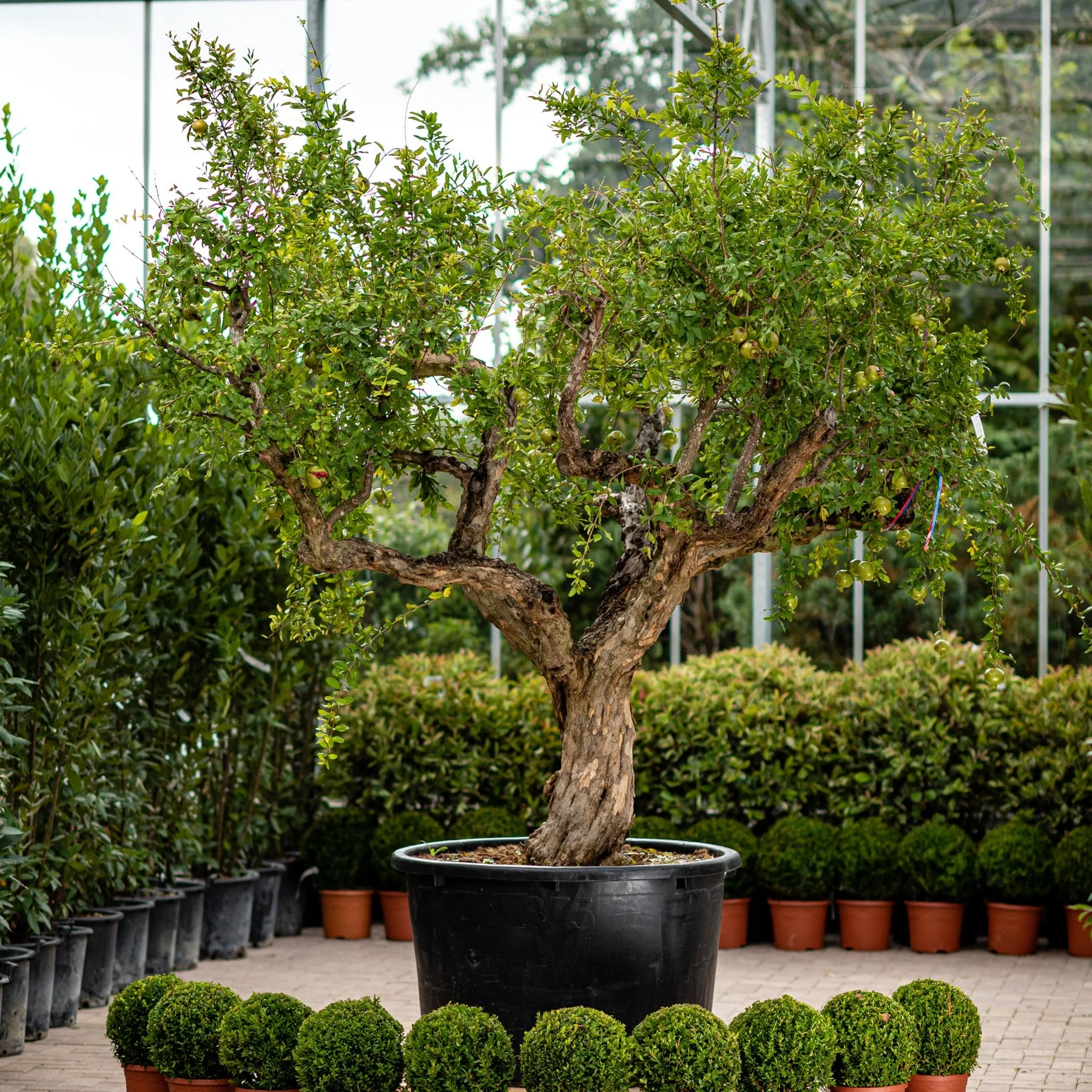
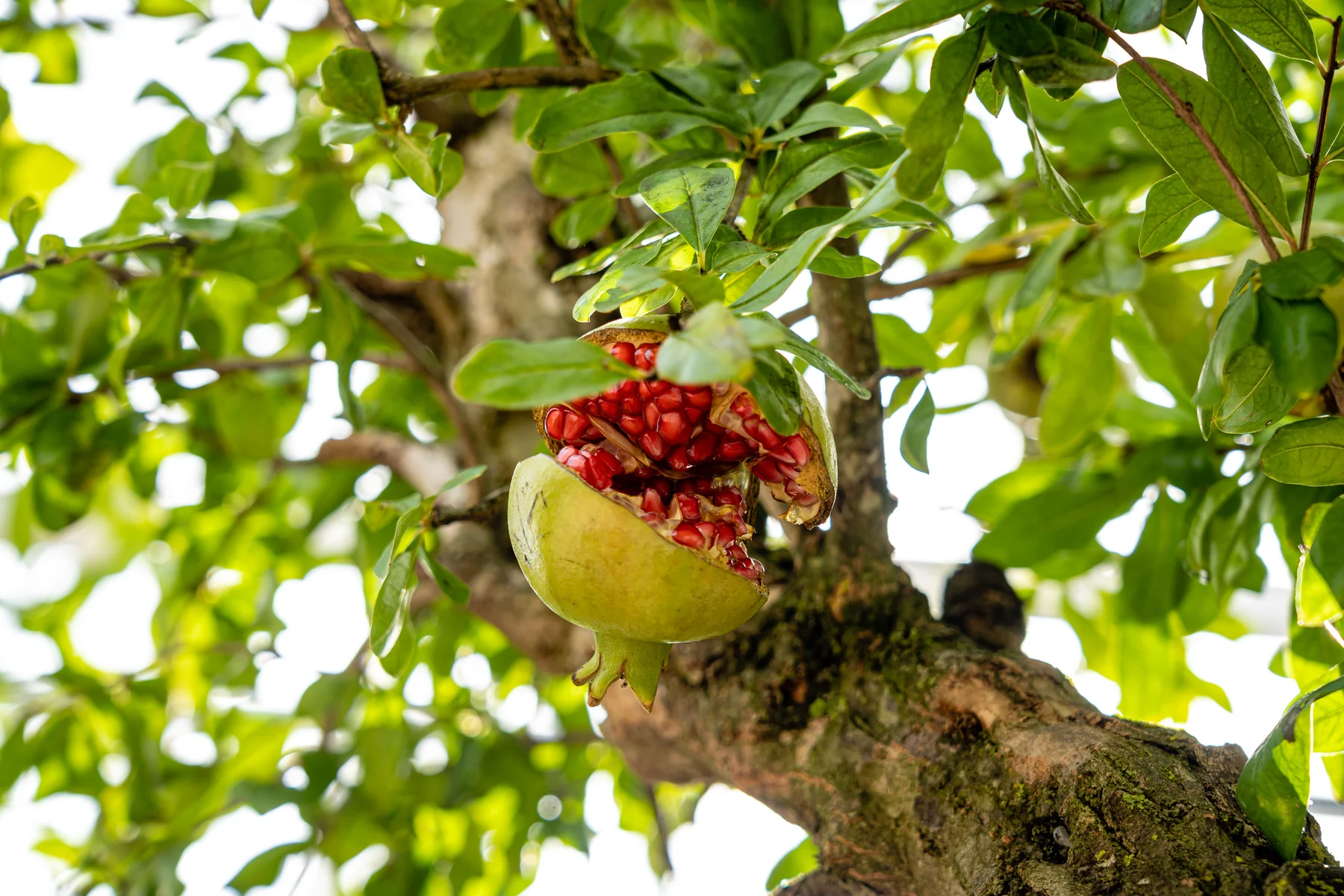



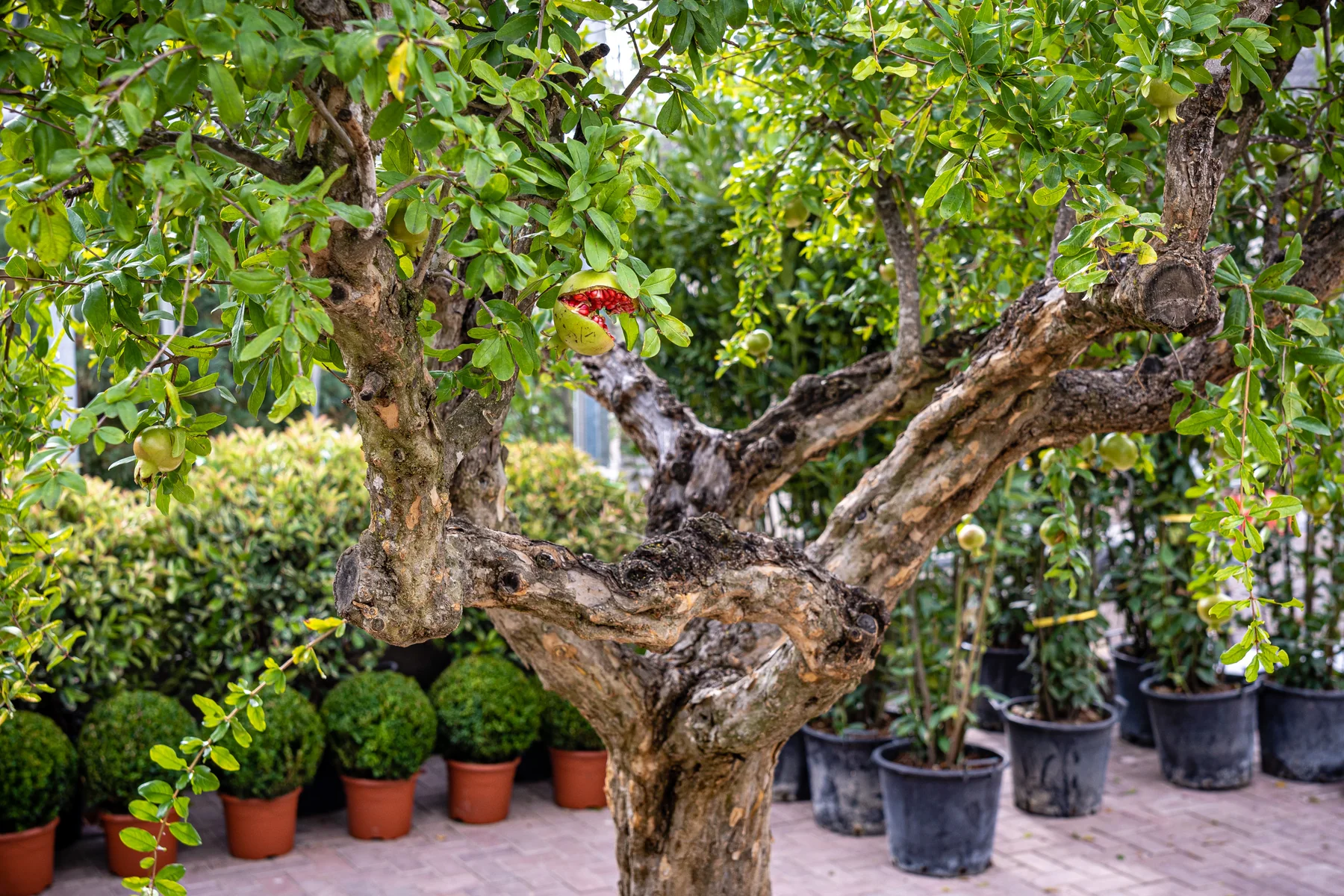
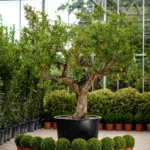








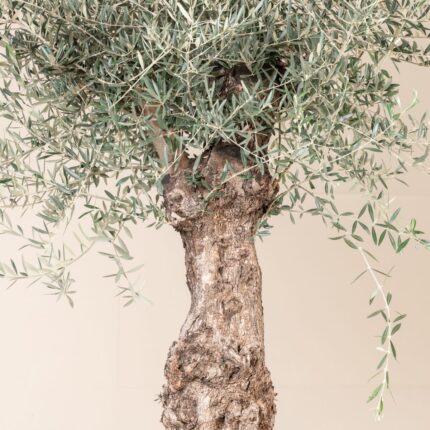

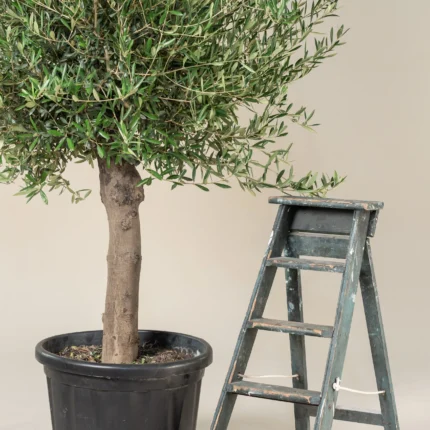






 Single Tree
Single Tree
Valoraciones
No hay valoraciones aún.